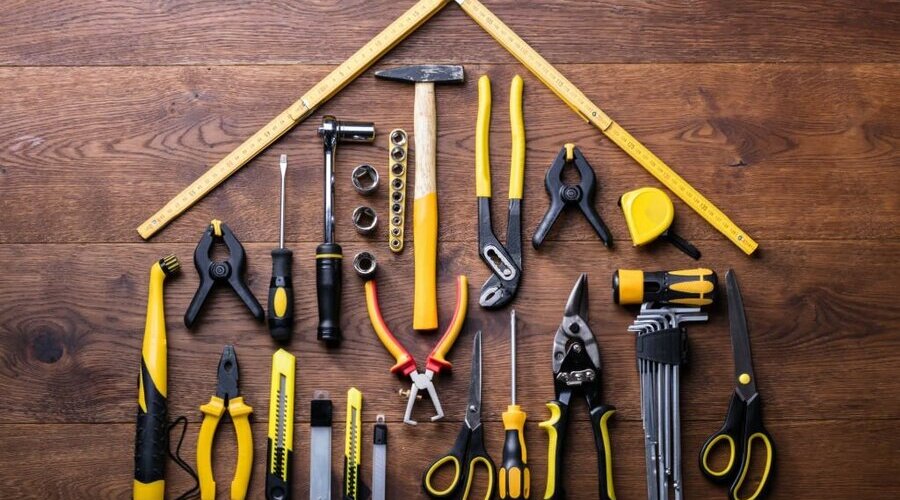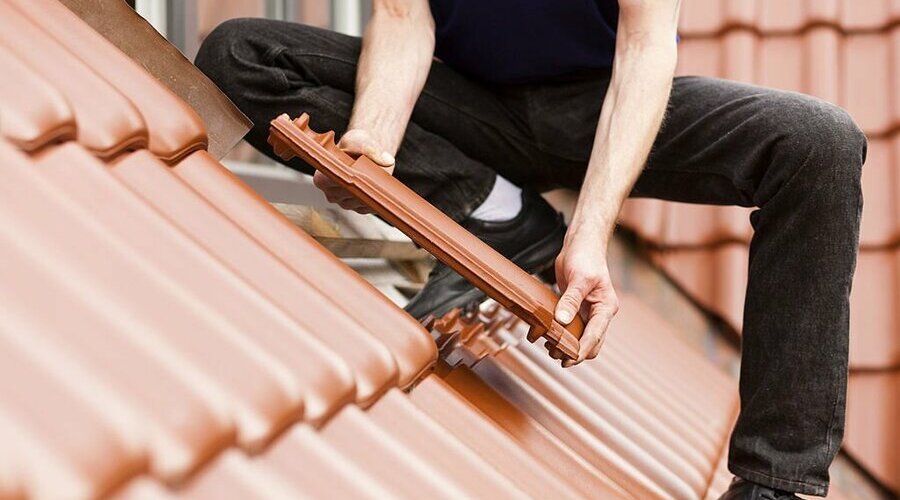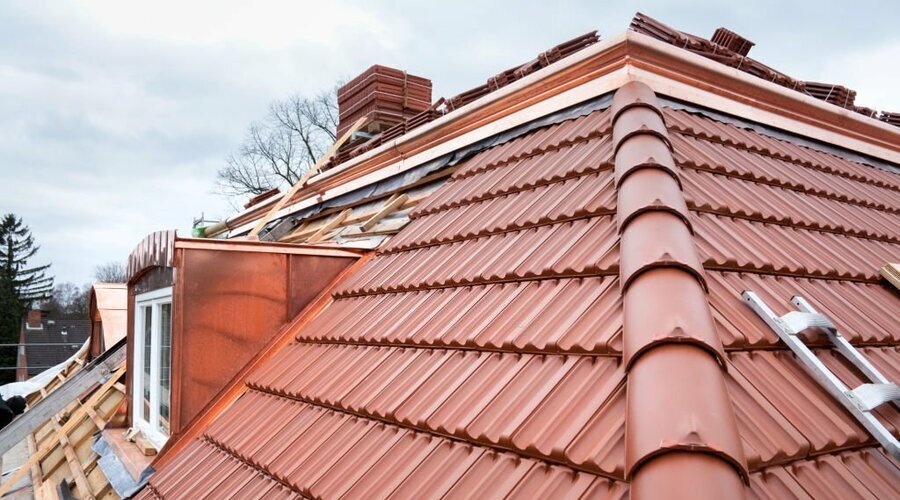Guide to DIY Roof Restoration
Essential Tools and Materials for DIY Roof Restoration

We’ve all been there, haven’t we?
Bright sunshine one day, charming rainfall and strong wind the next and before you know it, your roof is showing signs of wear and tear.
Or worse yet, there are leaks creeping into your peaceful home.
We at Smart Roof Restoration Brisbane have just the DIY solutions for your roof restoration needs.
What is roof restoration?
When we talk about the roof restoration process, it’s more than just a quick fix-it job or slapping on a new coat of paint to hide imperfections. It’s about giving your house’s top shield a complete makeover. This could range from repairing or replacing tiles, addressing damage, cleaning or sealing leaks to applying heat-reflective paint that actively reduces heating bills. Not only will this revamp protect you from the elements but also significantly increase the value of your home in case you decide to sell someday.
The Process of Roof Restoration
1. Roof Inspection and Roof Assessment
Imagine going to the doctor with a vague complaint. How can they treat you without a full diagnosis? The same applies to your roof like metal roof, tile roof, flat roof, and concrete roof. Before working on a solution, it’s important to understand the problem. This first process involves the roofing expert evaluating every nook and cranny, looking out for damage like missing tiles, leaks, rust, or even moss growth.
2. Roof Repair
Think of this phase as surgery for your roof. From replacing damaged tiles or shingles, sealing cracks and leakages to treating rusted areas. It’s all about restoring your roof to its former glory. But remember, you want to be careful here. One wrong tile could put you back in square one.
3. Pressure Wash
Was surgery completed successfully? Let’s give your roof that fresh-as-a-morning-dew look. Pressure washing helps remove persistent dirt, grime, or moss clinging to your tiles. This is that satisfying restoration stage where you see years of neglect wash away from your beloved home.
4. Preparation and Treatment
After the wash, you’ll see a clear picture of what we’re dealing with here. This is when all the nasties hiding under that grime are exposed, like lichens or moss spores. A quality anti-fungal treatment will help stop them from coming back, keeping your restoration job intact for longer.
5. Roof Prime and Seal
Now comes the second layer of defense: the roof prime, protective coating, and seal option. Think of it like applying makeup primer before foundation. It ensures a smooth canvas and longevity for further layers. The sealer locks down your repairs, offers extra protection against water damage, and helps prime adhere uniformly.
6. Roof Membrane and Paint
Finally, the grand reveal. Applying a membrane adds another protective shield to prolong your roof life significantly. With personal safety gear on, carefully apply primer paint across entire surfaces to lock everything in place securely. Top it off with quality type of roof paint in a color you love to give your home an instant facelift.
10 DIY Roof Restoration Mistakes
1. Neglecting Safety Measures
Your roof isn’t exactly a breezy backyard picnic spot. It’s high, steep, and can be dangerous if proper precautions are ignored. DIY doesn’t mean compromising on protection. Always wear gear including a good helmet and quality anti-slip shoes along with securing ladders properly.
2. Not Getting a Professional Roof Inspection Ahead
While DIY is savvy, don’t underestimate the complexity of your roof’s structural issues. A small leak doesn’t always translate to only replacing tiles around it. There might be deeper issues lurking underneath that only professional roof restoration companies can detect.
3. Using Low-Quality Materials
Cutting corners by getting cheap roofing materials and safety equipment might seem like a win initially, but trust us, poor-quality supplies will not stand the test of time or weather. In the long run, you may end up spending even more on fixes.
4. Ignoring Climate Factors
Say you live in a place that experiences a tremendous amount of rainfall every year. Your restoration project should ideally be tailored accordingly. Ignoring climate conditions can set your roof up for failure quicker than you’d like.
5. Missing Damage Caused By Water
Water is sneaky, it finds its way into the tiniest crevices but starts to show on walls and ceilings down below or even a musty odor in the air. Failure to spot these indications makes you overlook the real issue which just deepens over time.

Roofing – construction worker standing on a roof covering it with tiles
6. Overlooking Necessary Permits
Yes, it’s your house and yes, DIY projects usually don’t need permissions but certain major structural changes might still need nods from local councils or homeowners’ associations. Trust us when we say not checking this out in advance can land you in hot water.
7. Expert Advice Ignorance
DIY doesn’t mean ignoring the pros altogether. They have more experience and might see what you don’t, making their advice invaluable. Skipping on this could land you with bigger issues down the line.
8. Forgetting About Ventilation Systems
Roofs are not just about tiles or a cover over your head. They play a key role in maintaining ventilation and temperature control systems of your home too, which, if disrupted, can lead to issues like mold growth. Don’t overlook these while planning restoration.
9. Biting More Than You Can Chew
Don’t let enthusiasm blind you. Restoration jobs are time-consuming and can be challenging for first-timers. Instead of attempting it all at once, break it into manageable pieces or seek help when needed.
10. People Tend to Forget Considering Warranties Voided by Self-repairs
If your roof is under warranty and things go South during your DIY project, you may find that warranty null and void because most manufacturers provide them under the condition that professional roofing contractors will carry out all work required. This mistake can cost you big in case of future damage.
FAQs
Can I perform all types of restoration myself?
While there’s a lot you can do yourself, not all roof type restorations are DIY-friendly. Complex problems like chronic leaks, large-scale structural damage, or roof replacement of an entire old roof might require calling in experts. This will ensure the job is done quickly and safely.
How long does a DIY restoration take?
The time taken for a DIY project depends on various factors. The scale of damage, weather conditions, your skill levels, and how much time you can dedicate daily. Minor restorations could take just a few days while larger complex jobs might stretch over several weeks.
Do I need specific permits for restoration?
Some minor repairs don’t usually require permits but significant changes to your home’s structure might attract attention from local councils or homeowners’ associations. Each place has different regulations so it’s always smart to check ahead if any permit is needed before embarking on your DIY journey.
Conclusion
There goes our crash course on DIY Roof Restoration with common mistakes that people tend to make.
Also, how to avoid them using wise strategies offered by professional roofing companies.
Now armed with knowledge about each step crucial to effective restoration, remember not to blindly plunge into it without proper preparation, inspections, and quality material supply checks.
Remember that maintaining the structural integrity of your home is important not just for security against Mother Nature’s whims.
But also as a valuable asset in long-term planning scenarios like selling your property down the line.

